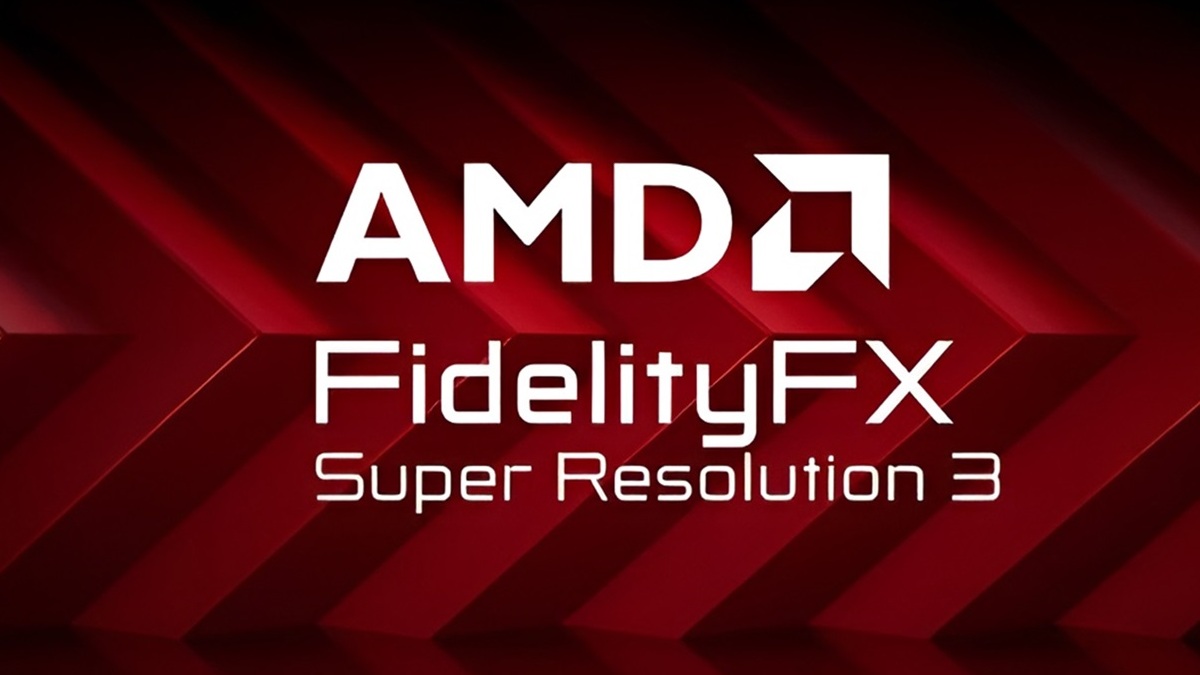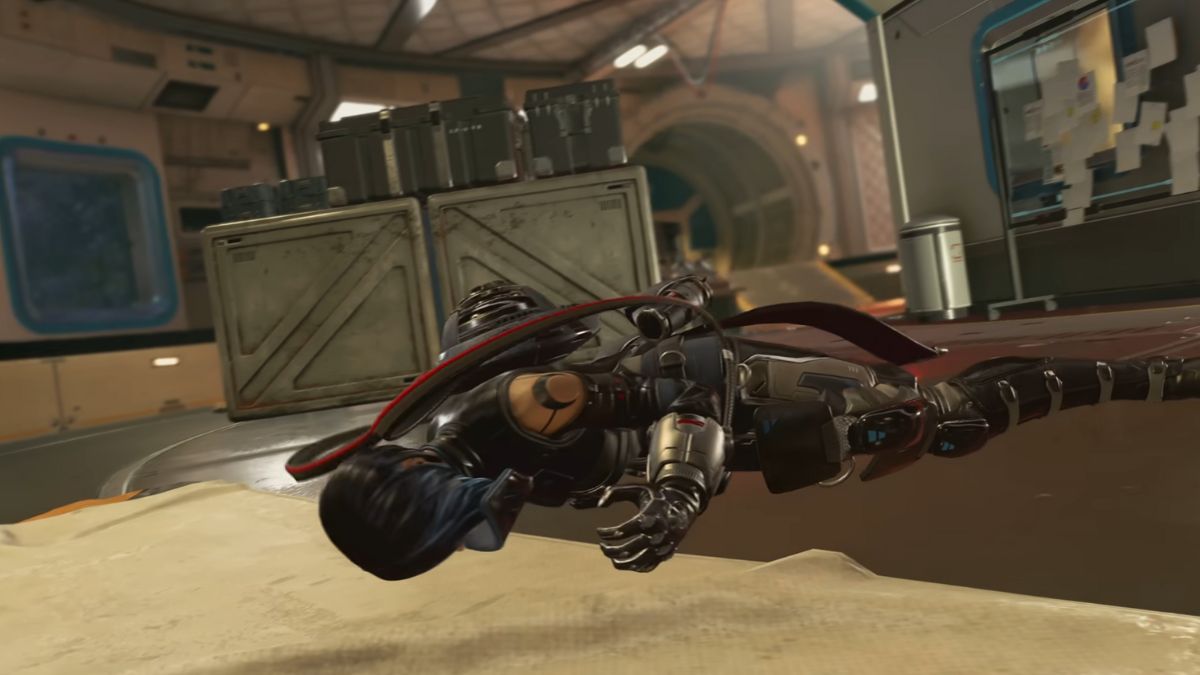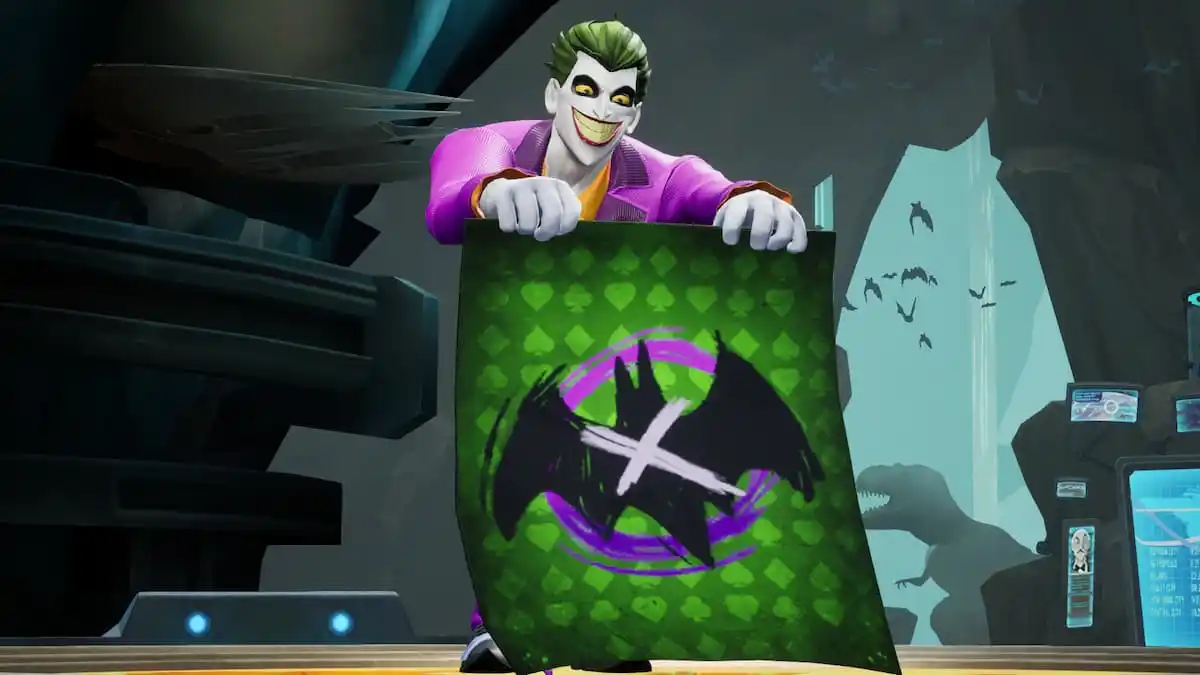It didn’t take long for AMD’s promise of big AI upscaling news to come to fruition, as it turns out. In a surprise announcement, AMD has revealed the latest iteration of its FidelityFX Super Resolution technology: FSR 3.1. Touting massively improved image quality and more, it’s an exciting development.
Now, the announcement of AMD FSR 3.1 isn’t just about incremental improvements to the technology’s supersampling algorithm: AMD is also adding its very own version of Nvidia’s DLAA anti-aliasing solution, as well as decoupling FSR’s own upscaling feature from its frame-generation capabilities. In effect, this allows Nvidia GPU owners to choose, as well as mix and match between Nvidia and AMD’s native solutions in fully supported games, which is a huge boon for performance and image quality comparisons.
AMD’s FSR 3.1 looks much, much better than its predecessors
Broadly speaking, AMD FSR 3.1 delivers improvements in the following areas of image rendering:
- Improved temporal stability, leading to substantially reduced flickering, shimmering, and fizziness around objects in motion
- Reduced ghosting and better detail preservation
- FSR 3.1 frame generation now works with other upscaling solutions, such as Nvidia’s DLSS and Intel’s XeSS
AMD has now also released the all-new AMD FidelityFX API, which should make it easier for game developers to debug and ensure forward compatibility with cutting-edge versions of FSR. Further, FSR 3.1 will be made available for Vulkan and Xbox GDK integrations later this year, massively bolstering the feature’s practical outreach.
This would all be fairly irrelevant if AMD didn’t have something to back its claims with, of course. Nvidia’s DLSS is a battle-tested upscaling solution and the golden standard in this niche, and competing with it is no small feat. It may be surprising, then, that AMD’s demo video shows stellar improvements on all fronts.
For a quick showcase of what we’re talking about, look no further than AMD’s announcement itself, which directly compares FSR 2.2 with FSR 3.1 on the example of Ratchet & Clank: Rift Apart. AMD shows remarkable improvements in the areas of both temporal stability and ghosting reduction, but the really impressive part is that the featured gifs were taken from the game rendered at a mere 1080P, with the FSR running at Performance Mode, of all things. Impressive stuff indeed. You’ll be able to see these improvements in action yourself later this year, with Rift Apart being one of the first games to support FSR 3.1.





